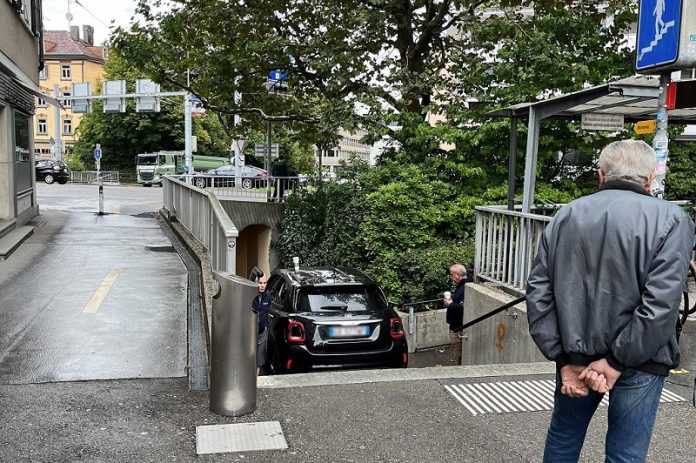
GPS systems are incredibly useful for getting us from place to place, but blindly following them can sometimes lead to serious problems on the road.
A recent study has highlighted how following GPS directions too closely can cause confusion, disrupt traffic, and even lead to dangerous situations.
The research team behind the study believes drivers should take more responsibility for where they’re going, rather than always trusting technology.
For example, every Easter in San Bernardino, heavy holiday traffic clogs up the A13 highway. GPS systems direct drivers through nearby villages to avoid the highway, but this creates traffic jams for local residents.
In another case, drivers in the village of Herisau often get directed by their GPS onto a steep gravel road that’s meant for hikers, not vehicles.
This leads to risky situations as drivers attempt difficult U-turns.
Meanwhile, in Zurich, the 2024 UCI Road Cycling World Championships brought numerous road closures. Many drivers, relying on GPS, were misdirected onto blocked roads, which created major traffic issues.
With over a billion people worldwide using GPS daily, these issues aren’t rare. According to Gian-Luca Savino, a researcher studying human interaction with technology, it’s important to understand how GPS influences behavior and to recognize its social impact.
For this study, Savino’s team couldn’t rely on any official records, so they searched the LexisNexis news database for articles about incidents caused by GPS misdirection.
They found that these problems occur in many countries, including Switzerland, where they identified 90 incidents between 2010 and 2023.
In analyzing these incidents, the team discovered a few major types of GPS-related issues. About half of the reports were related to traffic jams caused by GPS-recommended detours. One-third involved heavy vehicles using routes unsuitable for large trucks, causing disruption on smaller roads.
Other problems included drivers blocking private parking spots, making it impossible for residents to get in or out.
Safety hazards were also a concern, with many reports mentioning accidents or road damage caused by detoured traffic. Surprisingly, many reports also noted increased air pollution, which not only harms the environment but can impact people’s health.
According to Savino, local fixes, such as closing streets to through traffic or restricting certain turns, often just move the problem to a nearby area. “Cars might disappear from one neighborhood, but then they reappear in the next,” he explains. This shows the need for more effective, long-term solutions.
One potential solution could be adjusting GPS algorithms. However, the research team also suggests that drivers should have more decision-making power over their routes. For example, the GPS could offer more information about the suggested route, allowing drivers to weigh their options.
A truck driver, for instance, might decide whether to take a shortcut through a residential area or stay on the main road, even if it means a few extra minutes in traffic.
Right now, GPS systems mostly prioritize getting drivers to their destination quickly, without considering other factors like safety or environmental impact. First author Eve Schade suggests it would be helpful if GPS apps gave users a choice to choose routes that are more considerate to neighborhoods and the environment.
This study encourages GPS developers to think about how their technology impacts communities and to create tools that help drivers make more informed choices. Ultimately, it’s up to drivers to stay alert and use GPS as a guide rather than following it blindly.
The research is published in the journal PLOS ONE.



